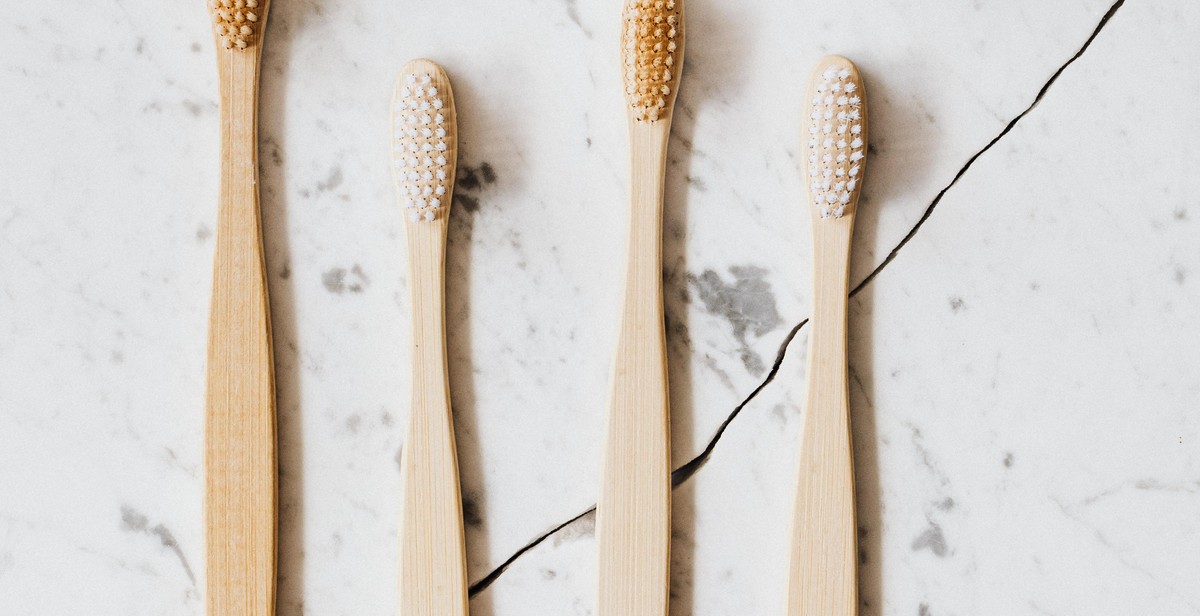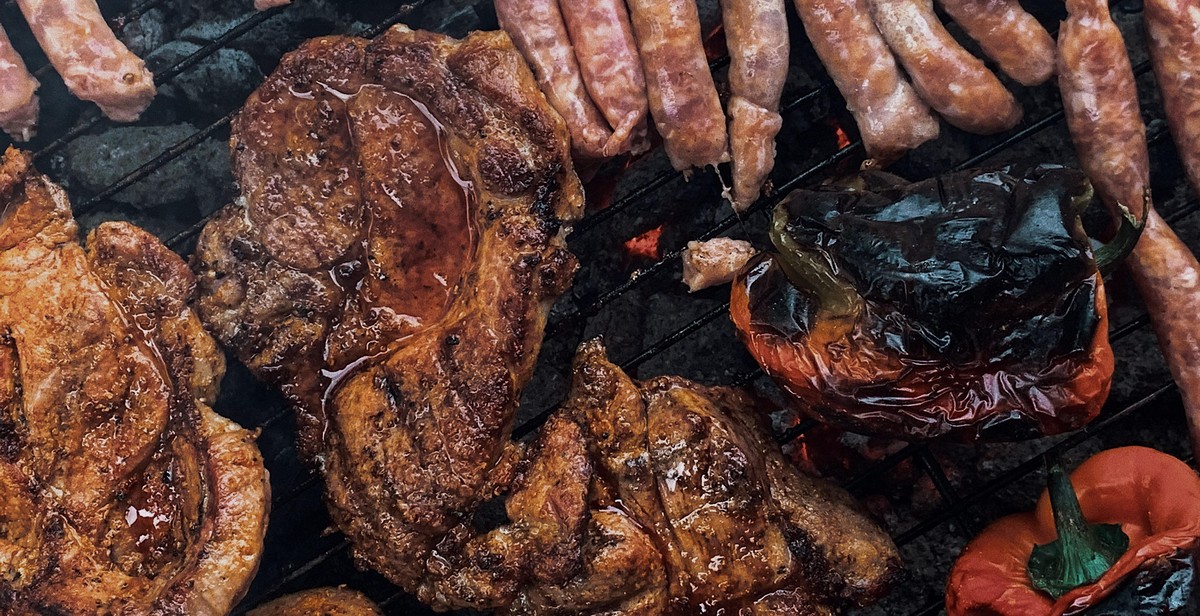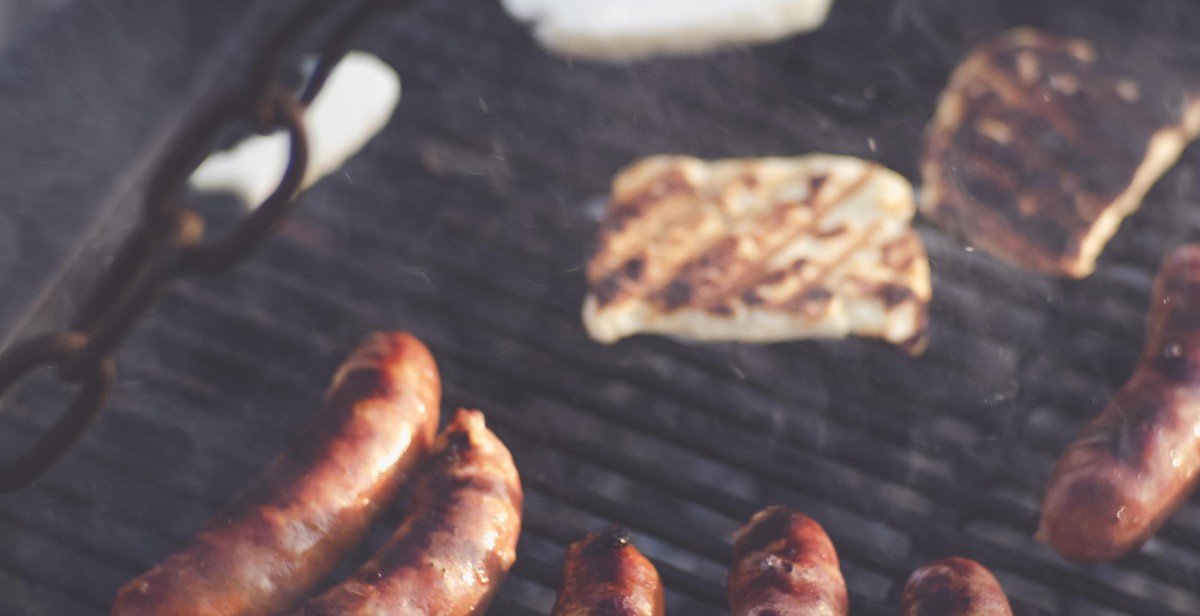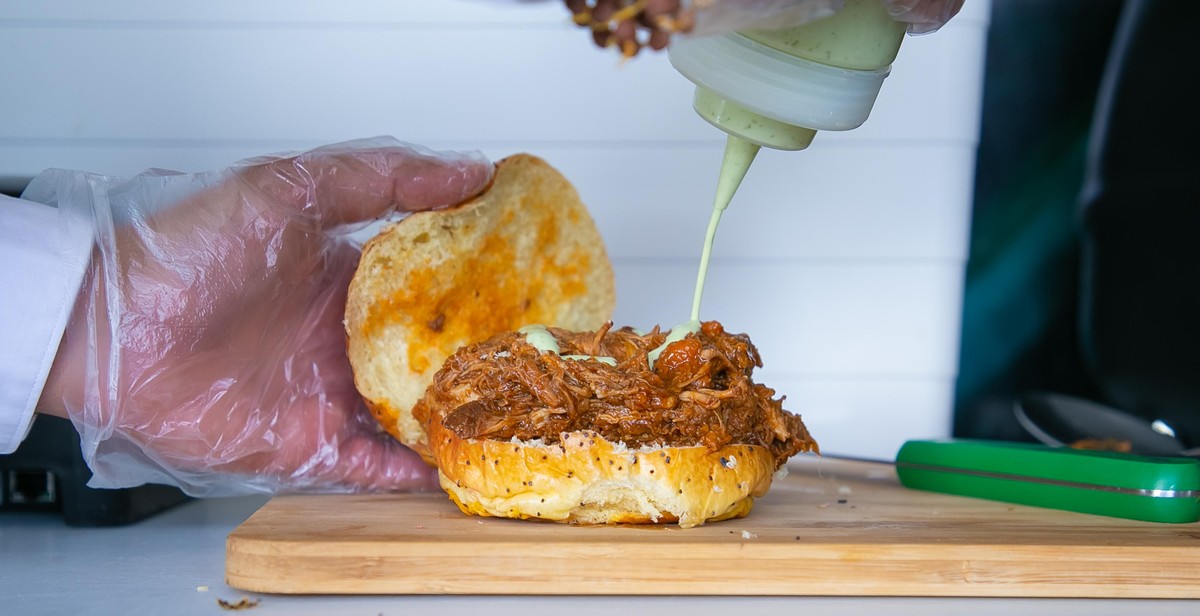How to Smoke Tender and Flavorful Pork Shoulder on a Offset Smoker
Smoking pork shoulder on an offset smoker is one of the most rewarding experiences for any barbecue enthusiast. It’s a great way to enjoy a delicious and flavorful meal with friends and family. Pork shoulder is an excellent cut for smoking because it has a lot of fat and connective tissue, which breaks down during the smoking process, resulting in a juicy, tender, and flavorful meat.
Why Pork Shoulder?
Pork shoulder is a versatile cut that is perfect for smoking. It is also known as pork butt or Boston butt and is taken from the upper part of the pig’s shoulder. Pork shoulder is a great choice for smoking because it has a lot of marbling, which keeps the meat moist during the long cooking process. It also has a lot of connective tissue, which breaks down during cooking, making the meat tender and juicy.
Smoking pork shoulder on an offset smoker requires some patience and attention to detail, but the end result is worth the effort. In this article, we’ll take you through the steps to smoke a tender and flavorful pork shoulder on an offset smoker, from selecting the right cut of meat to seasoning and smoking it to perfection.

Choosing the Right Wood
When it comes to smoking pork shoulder on an offset smoker, choosing the right wood is crucial to achieving a tender and flavorful result. The type of wood you choose will affect the flavor of the meat, so it’s important to consider your options carefully.
Flavor Options
There are several types of wood that are commonly used for smoking pork shoulder, each with its own unique flavor profile:
- Hickory: This is a classic choice for smoking pork shoulder, and for good reason. Hickory wood has a strong, sweet flavor that pairs well with the rich, fatty meat.
- Mesquite: Mesquite wood has a strong, earthy flavor that can be overpowering if used in excess. It’s best used in small amounts, or mixed with other milder woods.
- Apple: Apple wood has a sweet, fruity flavor that pairs well with pork shoulder. It’s a milder wood than hickory or mesquite, so it won’t overpower the meat.
- Cherry: Cherry wood has a mild, sweet flavor that works well with pork shoulder. It’s a good choice if you want a subtle smoky flavor.
- Pecan: Pecan wood has a rich, nutty flavor that pairs well with pork shoulder. It’s a milder wood than hickory, but still has a strong flavor.
Ultimately, the type of wood you choose will depend on your personal preference. Some people prefer a strong, smoky flavor, while others prefer a more subtle flavor.
Avoiding Over-Smoking
While smoking pork shoulder can add a delicious smoky flavor to the meat, it’s important not to over-smoke it. Over-smoking can make the meat bitter and dry, and can even ruin the entire dish.
To avoid over-smoking, it’s important to use the right amount of wood. Too much wood can produce too much smoke, while too little can result in a weak flavor. As a general rule, you should use about 1-2 chunks of wood per hour of smoking.
It’s also important to monitor the temperature of your smoker. If the temperature gets too high, it can cause the wood to burn too quickly and produce too much smoke. Aim for a temperature of around 225-250°F for the best results.
| Wood Type | Flavor Profile |
|---|---|
| Hickory | Strong, sweet |
| Mesquite | Strong, earthy |
| Apple | Sweet, fruity |
| Cherry | Mild, sweet |
| Pecan | Rich, nutty |

Preparing the Pork Shoulder
The key to smoking a tender and flavorful pork shoulder is in the preparation. Here are the steps you need to follow:
Trimming the Fat
Before you start seasoning your pork shoulder, you need to trim the excess fat. This will not only make it easier to apply the rub, but it will also prevent the meat from becoming greasy. Use a sharp knife to remove any large pieces of fat and silver skin. Leave a thin layer of fat on the meat to keep it moist during the smoking process.
Seasoning Options
When it comes to seasoning your pork shoulder, there are many options to choose from. Here are some popular rubs:
- Dry Rub: A combination of salt, sugar, paprika, garlic powder, onion powder, and black pepper.
- Mustard Rub: A mixture of yellow mustard, brown sugar, salt, and black pepper.
- Coffee Rub: A blend of coffee grounds, brown sugar, salt, paprika, garlic powder, and black pepper.
Apply the rub generously to the pork shoulder, making sure to cover all sides. You can also inject the meat with a marinade for added flavor and moisture.
| Ingredients | Amount |
|---|---|
| Apple Juice | 1 cup |
| Apple Cider Vinegar | 1/2 cup |
| Worcestershire Sauce | 1/4 cup |
| Salt | 1 tbsp |
| Garlic Powder | 1 tsp |
| Onion Powder | 1 tsp |
| Hot Sauce | 1 tsp |
Once you have trimmed the fat and applied the rub, wrap the pork shoulder in plastic wrap and let it sit in the refrigerator for at least 4 hours, or overnight if possible. This will allow the flavors to penetrate the meat and make it even more tender and flavorful.

Setting Up the Smoker
Before you can start smoking your pork shoulder, you need to properly set up your offset smoker. Here are the two most critical factors to consider:
Temperature Control
One of the most important things to consider when setting up your smoker is temperature control. You need to ensure that your smoker is not too hot or too cold, as this can significantly impact the flavor and texture of your pork shoulder.
Start by lighting your charcoal and let it burn for about 15-20 minutes. Once the charcoal is hot, add it to the firebox of your smoker. You can also add some wood chunks to the charcoal to give your pork shoulder a smoky flavor.
Next, you need to adjust the dampers on your smoker to control the airflow. The dampers are usually located on the firebox and the chimney. Open the damper on the firebox to allow air to flow into the smoker and close the damper on the chimney to control the amount of smoke that escapes.
Use a thermometer to monitor the temperature inside the smoker. The ideal temperature range for smoking pork shoulder is between 225°F and 250°F. Adjust the dampers as needed to maintain a consistent temperature throughout the smoking process.
Water Pan Placement
Another critical factor to consider when setting up your smoker is the placement of the water pan. The water pan helps regulate the temperature inside the smoker and keeps the meat moist during the smoking process.
Fill a large, shallow pan with water and place it on the bottom rack of your smoker, directly under the meat. The water will help maintain a consistent temperature inside the smoker and prevent the meat from drying out.
If you want to add some extra flavor to your pork shoulder, you can add some herbs, spices, or even beer to the water pan. This will infuse the meat with extra flavor and moisture.
Once you have set up your smoker and adjusted the temperature and water pan placement, you are ready to start smoking your pork shoulder. Follow the next steps in this guide to smoke a tender and flavorful pork shoulder that your family and friends will love.

Smoking the Pork Shoulder
Smoking a pork shoulder on an offset smoker requires patience and attention to detail. The key to producing tender and flavorful meat is to maintain a consistent temperature throughout the smoking process.
Maintaining Consistent Temperature
Start by preheating your smoker to 225°F. Use a good quality thermometer to monitor the temperature inside the smoker. Keep the temperature consistent by adjusting the airflow and adding more charcoal as needed.
It’s important to avoid large temperature fluctuations, as this can cause the meat to dry out or become tough. To prevent this, avoid opening the smoker too often, as this can cause heat to escape.
Wrapping the Shoulder
After a few hours of smoking, the pork shoulder will develop a bark on the outside. At this point, it’s time to wrap the shoulder in aluminum foil or butcher paper.
Wrapping the shoulder helps to retain moisture and speed up the cooking process. It also helps to create a more tender and flavorful end result.
Adding Wood Chips
Throughout the smoking process, it’s important to add wood chips to the smoker to maintain a consistent smoke flavor. Use a few chunks of hardwood such as hickory, oak, or mesquite.
Soak the wood chips for at least 30 minutes before adding them to the smoker to prevent them from burning too quickly. Add a handful of chips every hour or so to maintain a steady smoke.
Remember, smoking a pork shoulder is a slow and steady process. It can take up to 12 hours to smoke a large shoulder, so plan accordingly. With the right technique and attention to detail, you can produce a tender and flavorful pork shoulder that will be the star of any barbecue.

Resting and Serving the Pork Shoulder
Once the internal temperature of the pork shoulder reaches 195°F, it’s time to take it off the smoker and let it rest. Resting the meat is an essential step in the cooking process as it allows the juices to redistribute throughout the meat, resulting in a more tender and flavorful final product.
Wrap the pork shoulder in foil or butcher paper and let it rest for at least an hour, although two hours is ideal. Keep the wrapped meat in a warm place, such as a cooler or an oven set to the lowest temperature.
Serving Suggestions
After the resting period, it’s time to slice and serve the pork shoulder. Use a sharp knife to slice the meat against the grain into thin slices. Serve the pork shoulder with your favorite barbecue sauce, coleslaw, and pickles. Here are a few serving suggestions:
- Make pulled pork sandwiches with soft buns and coleslaw.
- Serve the sliced pork shoulder with mashed potatoes and roasted vegetables.
- Make tacos with the pork shoulder, pico de gallo, and avocado.
Whatever serving suggestion you choose, the most important thing is to enjoy the delicious and tender pork shoulder you just smoked!
